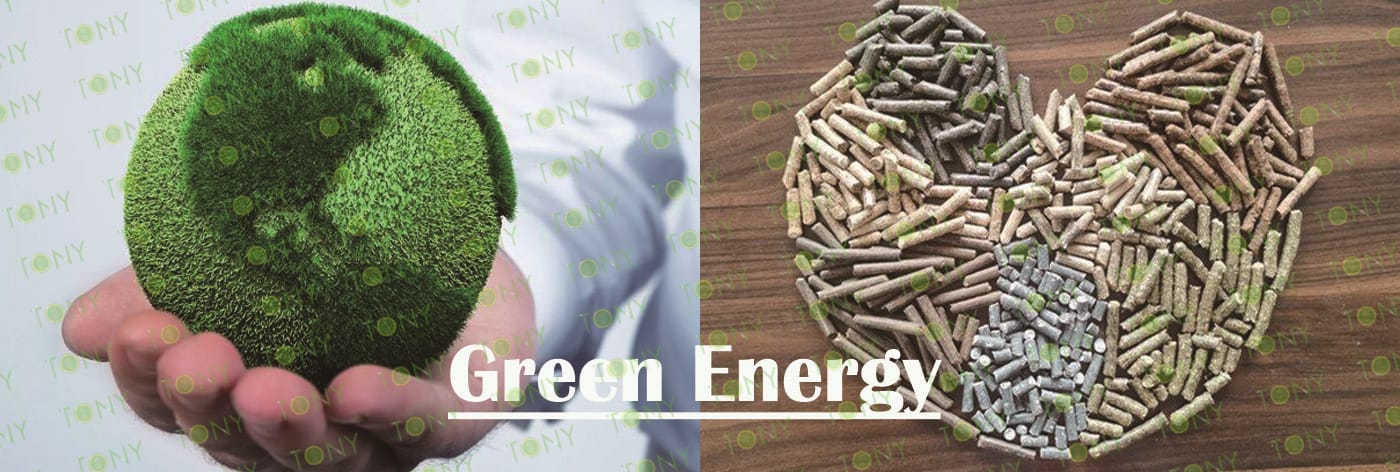With the increasing emphasis on air quality, the search for new energy sources to replace coal is undoubtedly a huge market. The straw pellet fuel produced by the straw pellet machine is a very good alternative to coal.
The straw pellet machine can pre-treat and process crop straw and agricultural and forestry processing waste such as corn stalks, rice husks, sawdust, tree bark and other biomass raw materials to solidify and shape them into high-density pellet fuel, which is an ideal fuel to replace coal.
Let's analyze the advantages of straw pellets over coal fuel from the perspectives of purchase cost, usage cost and transportation cost
1. Purchase cost
In recent years, the price of coal has been higher than that of biomass pellets. Therefore, in terms of purchase expenditure cost, coal is higher than biomass pellets.
2. Usage cost
When comparing the usage costs, in terms of processes that must use coal as fuel, desulfurization and denitrification devices need to be installed, and the grade of coal purchased should also be higher, because high-quality coal emits less pollutants. Biomass raw materials represented by straw pellets belong to stored solar energy, so they have low sulfur and nitrogen oxide content.
3. Transportation cost
The formed pellet fuel has a small volume, high specific gravity, and is convenient for long-term storage and long-distance transportation. The volume of biomass pellets is 1/30 to 1/40 of that of raw materials, and their specific gravity is 10 to 15 times that of raw materials. During transportation, unlike bulk coal, it does not occupy a large space, which directly increases the usage cost.

What are the advantages of biomass pellets represented by straw pellets during the usage process?
1.Biomass pellet fuel is clean and hygienic, easy to feed, reduces manual labor, improves the working environment and lowers labor costs.
2. Biomass pellet fuel has a high calorific value, with a calorific value of approximately 3,900 to 4,800 kcal /kg. After carbonization, its calorific value can reach as high as 7,000 to 8,000 kcal /kg.
3. After combustion, pellet fuel generates very little ash, reducing the space required for coal ash storage and lowering the cost of ash removal. The ash is a high-quality organic potassium fertilizer that can be recycled and reused.
4. Biomass pellet fuel contains no sulfur or phosphorus and does not corrode boilers, which can appropriately extend the service life of boilers.
5. When the particles are burned, no sulfur dioxide or phosphorus pentoxide is produced, and they do not pollute the atmosphere or the environment.
6. The raw materials processed by the straw pellet machine are crop straw and agricultural and forestry waste, which are renewable energy sources





















